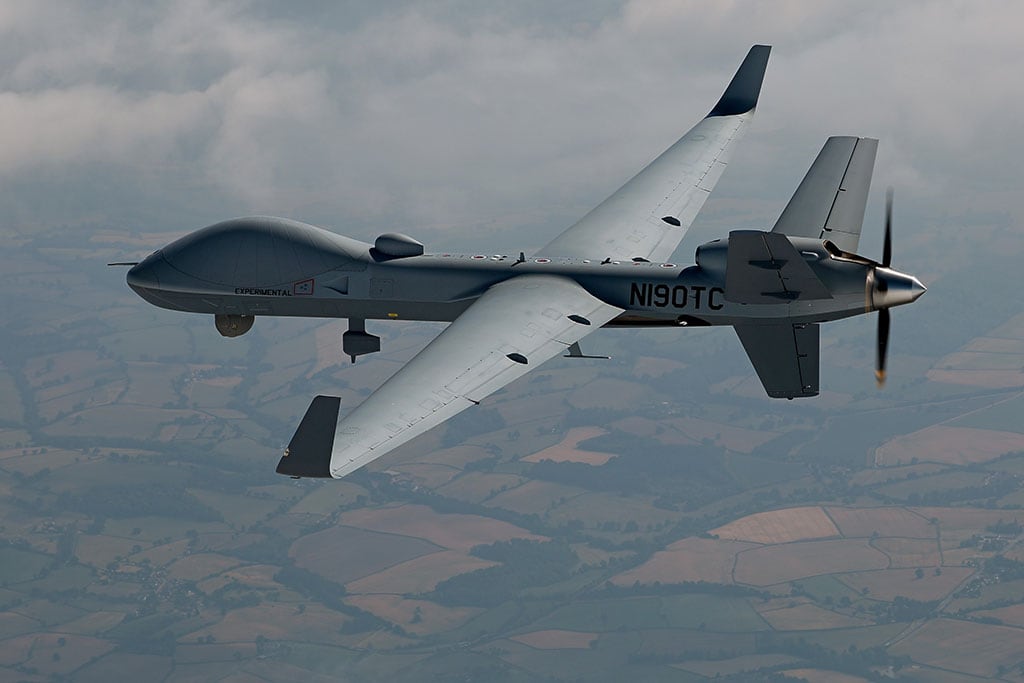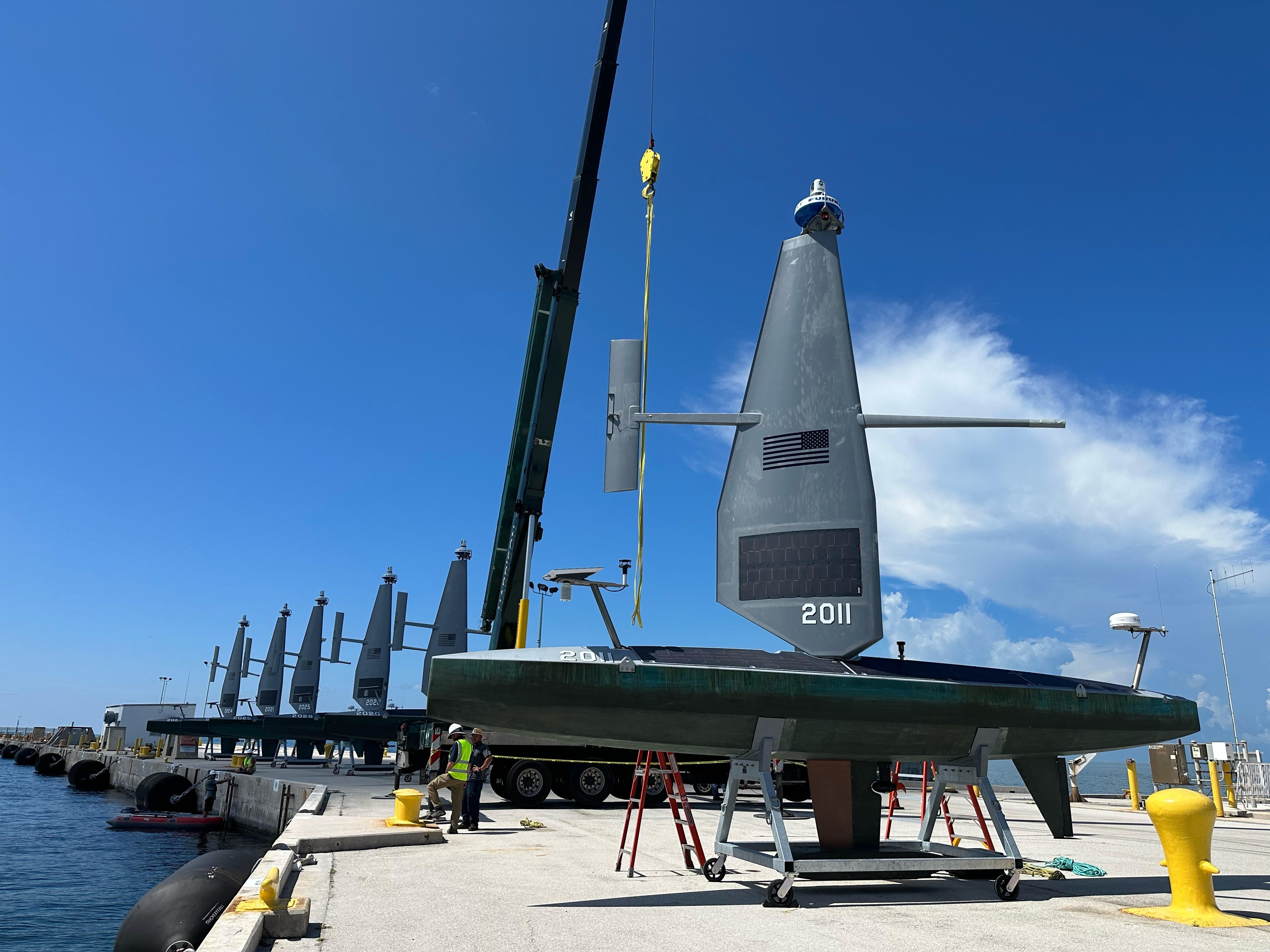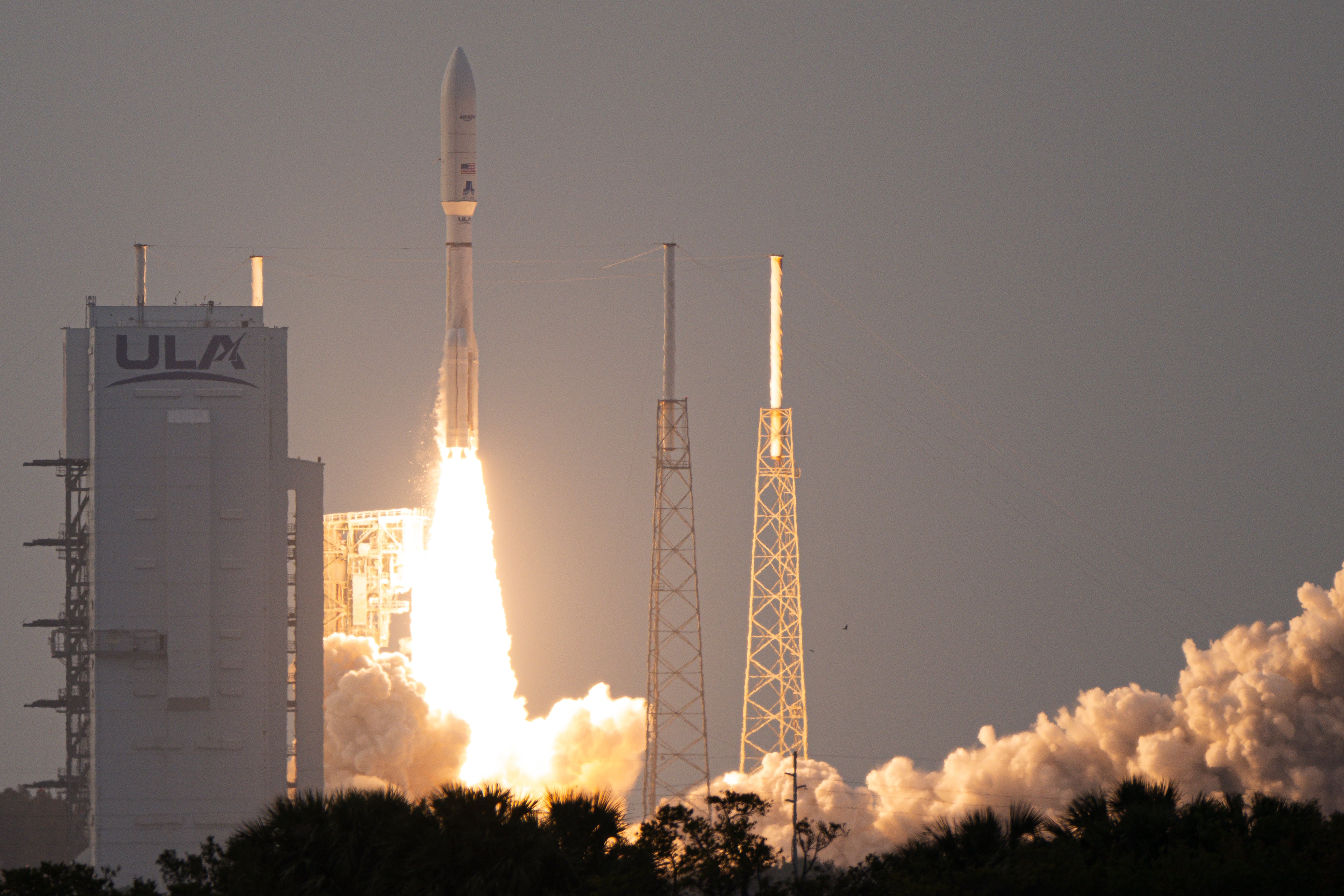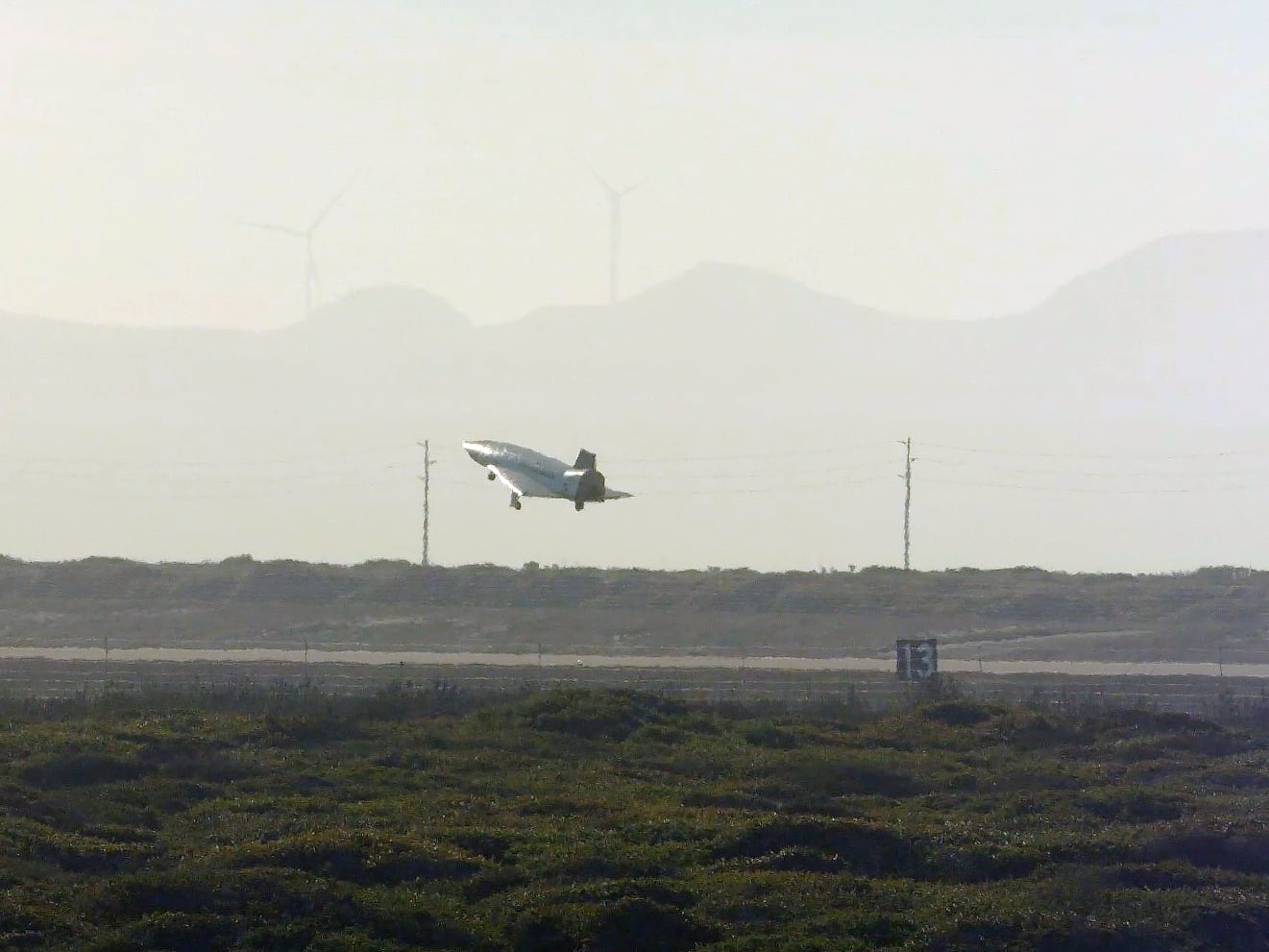At a distance, the operation likely appeared routine. Small boats, flying vehicles and submersibles working on concert has been part of naval operations for at least a century. Through a pair of binoculars, the exercise takes on an almost haunting aspect. The boats move without humans on board, the flying craft are drones, not crewed vehicles, and submersibles are robots. In Troia, Portugal, NATO held its largest unmanned maritime systems exercise ever.
In concert with human operators, these robots provided commanders situational awareness, down to the tactical level.
Recognized Environmental Picture (Maritime Unmanned Systems) — or REP(MUS) as the exercise is known in full acronym form — took place Sept. 11 - Sept. 27, 2019, and featured at least 15 different varieties of uncrewed vehicle. Those included, but are hardly limited to, UAVision Ogassa V, Pacific 950 Rigid Inflatable Boats made by BAE and modified to operate uncrewed, L3 Harris-made C-Target 9 uncrewed boat, Wave Glider platforms, AeroVironment RQ-20 Pumas, tethered aerostats, floating sonar buoys, a range of torpedo-shaped underwater submersibles, and more.
Supporting the robots was a multinational team of roughly 800 people, including members from the Portuguese Navy, Belgium, Italy, Poland, Turkey, the United Kingdom and the United States. Also helping was the NATO Centre for Maritime Research and Experimentation.
Those exercises included a beach raid, using intel collected by drones, and special forces practiced boarding a ship.
It’s unclear the exact role unmanned vehicles played in the shipboarding, but overall the role of such machines and sensors is greater situational awareness for the naval forces, enabling better operations.
“We can’t cover everything with manned assets. One, it’s a cost problem. And No. 2, you want to keep the man out of that danger zone,” said Kevin Moyer, steering board chairman of the NATO Maritime Unmanned Systems Initiative.
“You might not care if you lose that unmanned system; you’re going to care if you’re putting those guys in danger. So unmanned system, it’s cheap — relatively — so you don’t necessarily care if you lose it as long as you get the data back that you’re sending it out there for a mission.”
Figuring out how uncrewed sensor platforms can add to situational awareness is important, and vital for training as a modern military, but it’s only half the battle at best. To really understand how robots will shape future combat, NATO likely needs to train not just alongside robots, but against robots, too.
Kelsey Atherton blogs about military technology for C4ISRNET, Fifth Domain, Defense News, and Military Times. He previously wrote for Popular Science, and also created, solicited, and edited content for a group blog on political science fiction and international security.








